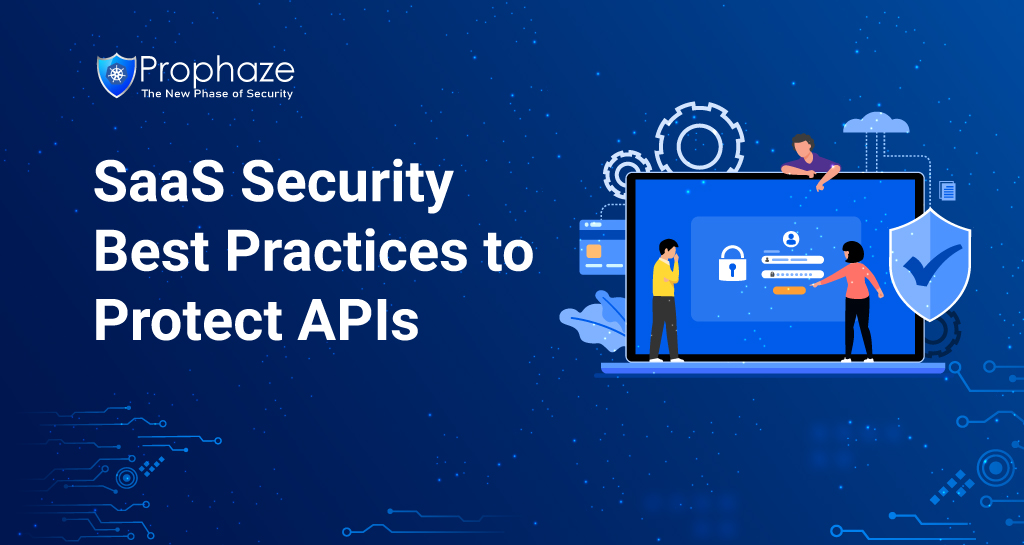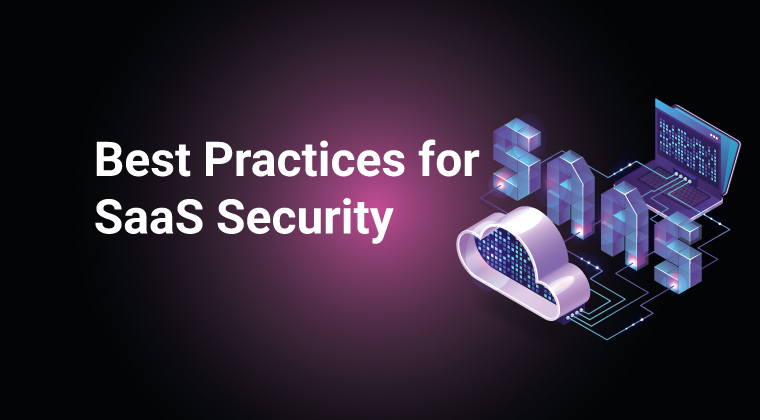SaaS Security Best Practices to Protect APIs

Software-as-a-service (SaaS) security is usually considered as the basic process of users surfing the web. Digging a little deeper reveals that it isn’t a piece of cake as it seems. Truth be told, there isn’t one standard SaaS solution to fit all the infrastructures.
Every organization is different and each one of them has different requirements.
Here we have compiled a list of some general SaaS security practices organizations can follow to have a seamless and safe experience.
- Complete Authentication
Monitoring the users’ activities to access SaaS resources can be a good initiating step. Some third-party cloud service providers offer integrating options like Active Directory (AD), Open Authorization, Security Assertion Markup Language, or OpenID Connect but it totally depends upon cloud service providers as well. Some may even offer the option of multifactor authentication while others might not. You have to choose what fits best for your organization.
- Encrypting Data Resources
Many companies use TLS for communication with SaaS applications. However, some providers offer data protection at rest as a default feature while others enable it on customers’ demand. In order to find out what would work best for your organization, you will have to research the security needs and examine available options. Enabling the data encryption feature is one of the best options as it secures data transfers and ensures privacy measures.
- Thorough Investigation and Oversight
The way you research, examine, and then approve a supplier you want to purchase goods from for your company, it is important to follow the same procedure for your SaaS providers as well. Evaluate the need, required features, how your team will be implementing them, and what are the additional security features they are offering. Make sure your SaaS providers are offering what they are claiming.
- Maintain a Reliable Inventory
Now that you have chosen the vendor, it is also important to keep a track of the inventory of features employed and the rest that still needs to be deployed. SaaS security is known for quick deployment. Therefore, maintaining an inventory of what services are coming from whom, when, and for how long is essential to ensure SaaS security.
- Ensure Cloud Access Security Broker (CASB)
Exploring Cloud Security Broker (CASB) tool can also be a reliable option as it equips companies with additional controls through layers which is not provided by all SaaS providers. It also helps to spot drawbacks in the cloud security provider’s security model.
Therefore, it is essential for companies to be careful with their SaaS security as this can ensure a robust security infrastructure and can provide a systematic risk management system. Enable your SaaS security to keep vulnerabilities off the bay and keep your organization safe and seamlessly operated.

